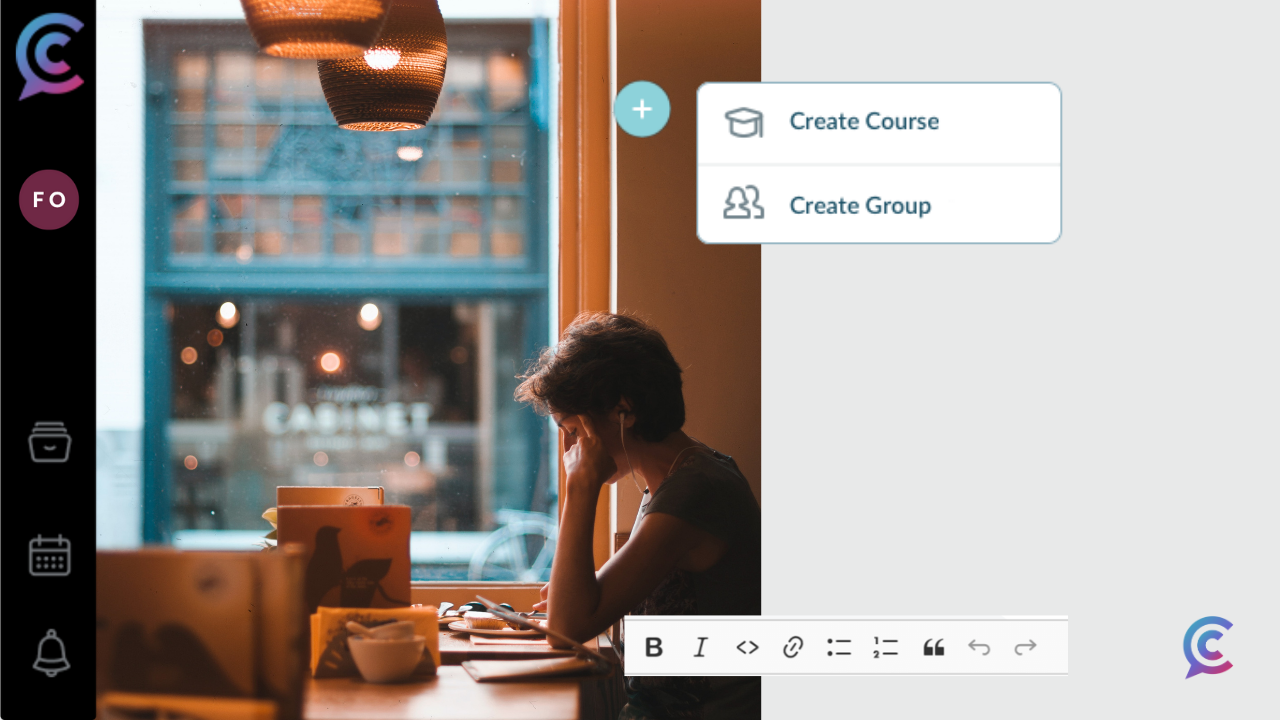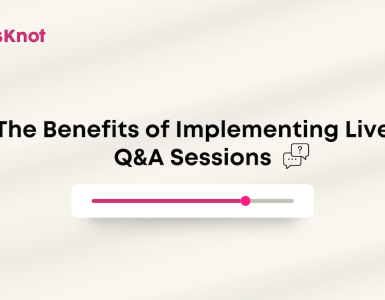The role of technology in classrooms is widely debated to this day.
The role of technology in classrooms is widely debated to this day. This report by Harvard’s Derek Bok Center for Teaching and Learning effectively summarizes the dichotomy between those for and against technology. Although it can be viewed as a significant source of distraction for students, the authors warn against dismissing the potential benefits of technology and instead call for integrating it into the classroom. This idea of repurposing technology is gaining traction among educators, evidenced by the increasing support for technology-enabled classrooms aimed at enhancing the learning experience.
Is technology effective in YOUR classroom for YOUR students?
However, it’s important to be cautious. The fact still stands that to a significant degree, every educator has their own teaching style shaped by the nature of the material being discussed. Furthermore, each student has their own set of needs and disadvantages that need to be addressed when considering technology’s role in classrooms. To some, technology might act as a perfect complement in the learning process, while for others, lack of access might severely undermine their ability to perform well. Under these constraints, it becomes a challenge to weigh the potential benefits and the costs associated with designing technology use into a course. So in effect, the question now becomes: is technology effective in YOUR classroom for YOUR students?
With a dizzying array of options for educators that do want to integrate technology into their classroom, it might seem as though the costs outweigh the benefits. However, research has shown that technology benefits students by accommodating their differences and leveling the playing field. Additionally, when combined with effective in-class instruction, technology use allows educators to bridge the generational gap that affects the medium of education. The next step is to evaluate HOW to incorporate technology into classrooms. Educators are well aware of how they like to teach and what they can expect from their students. Combining this knowledge with what technology can do for them can result in a constructive relationship between teaching, learning, and the classroom environment.
Technology is often polarizing in its effects. In which case, it falls upon educators to decide what works best for them. After all, the classroom is built for students hoping that they leave in a better state than when they find them.





